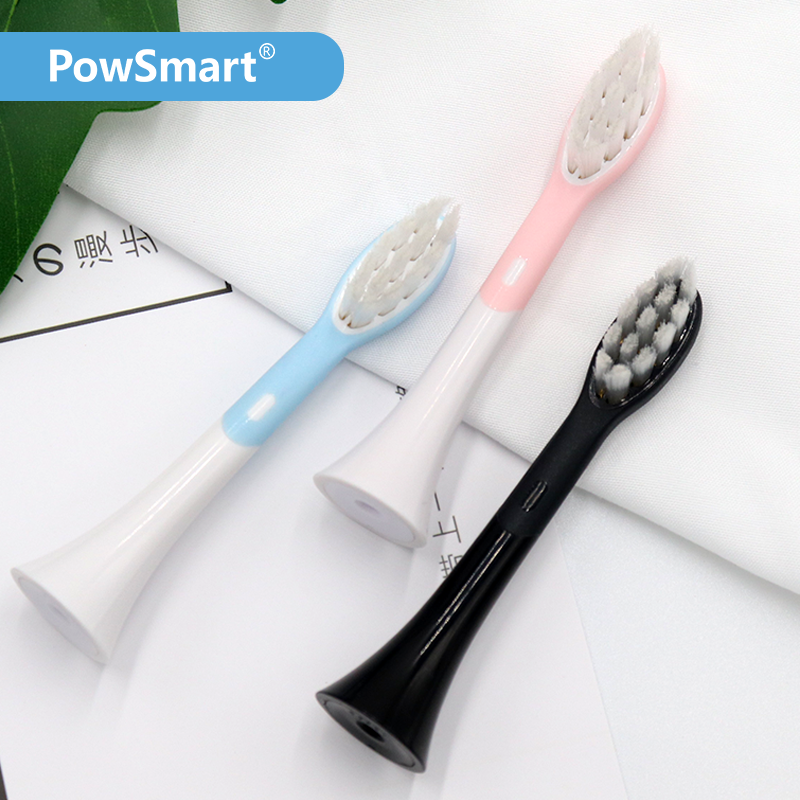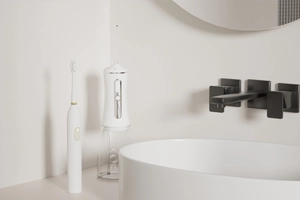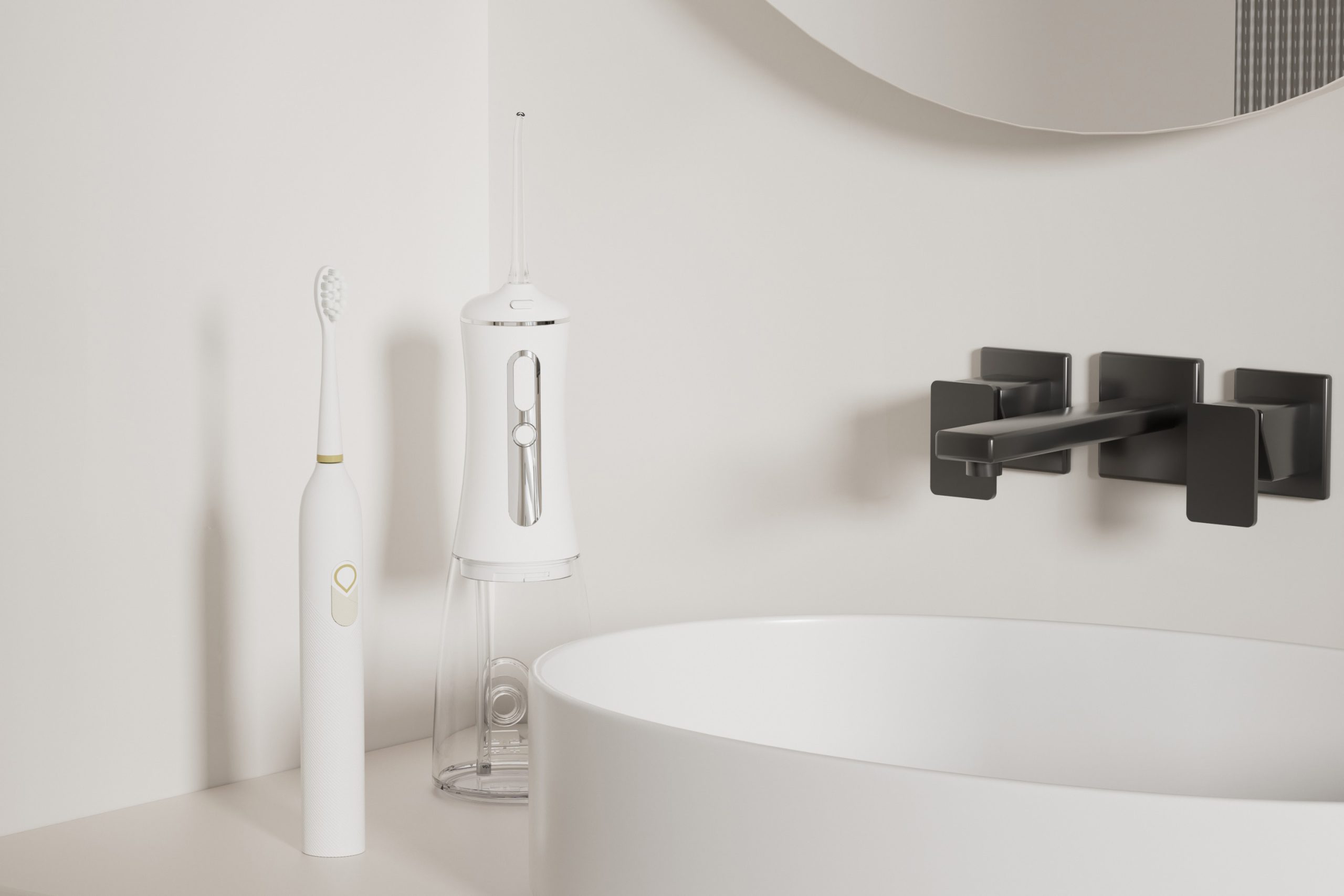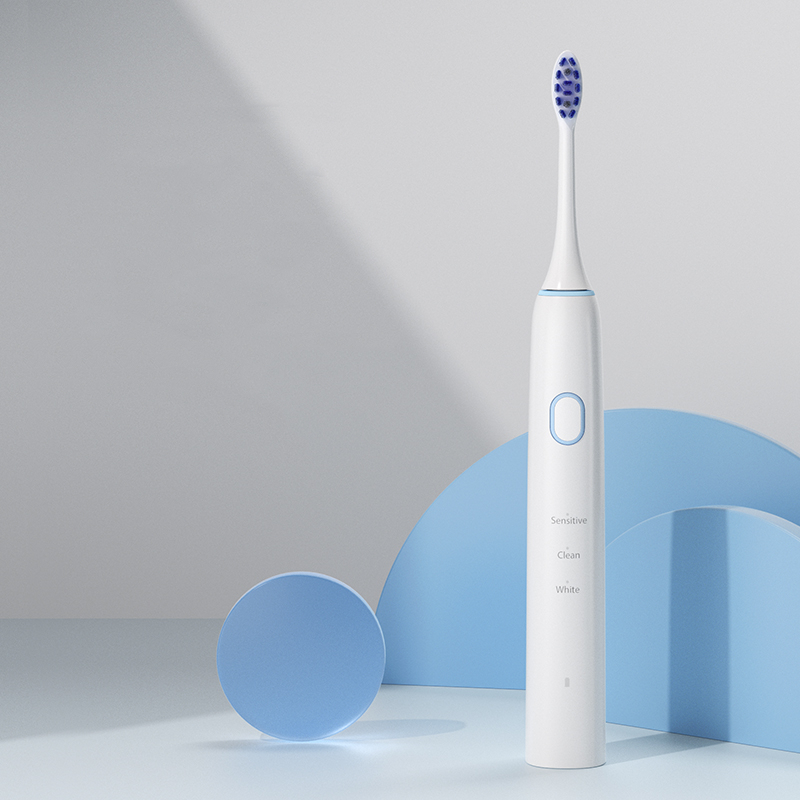When gum bleaching appears alongside a heightened pulpitis risk, it’s time for manufacturers and dental professionals to ask whether whitening treatments have crossed the line from cosmetic enhancement to clinical hazard. While tooth whitening remains one of the most popular aesthetic procedures, inappropriate product formulations, poor application technique, and inadequate safeguards can trigger irreversible damage to both soft tissues and the pulp. This article explains why these problems occur, how they’re linked, and what steps companies can take to protect users—and their own reputations.
Gum bleaching typically results from peroxide-based gels spreading beyond the tooth surface and contacting gingival tissue. Factors contributing to this include:
Although mild bleaching can be reversible, repeated exposure increases tissue irritation and sets the stage for more severe complications.
Pulpitis—inflammation of the tooth pulp—develops when peroxide penetrates enamel micro-cracks or dentin tubules, irritating the pulp chamber. In many cases, users initially notice transient sensitivity. However, if peroxide exposure persists, inflammation can escalate to irreversible pulpitis requiring endodontic treatment or even extraction.
Certain risk factors make pulpitis more likely:
While gum bleaching affects the surface, pulpitis damages the interior. When both occur simultaneously, the product or protocol is likely too aggressive. This dual complication signals:
Moreover, when gingival tissues are already compromised by bleaching, they are less able to protect underlying structures from further chemical penetration. Company web: https://www.powsmart.com/product/electric-toothbrush/
For B2B customers and dental professionals, it is critical to recognize early warning signs:
Prompt identification can limit damage and allow intervention before pulpitis becomes irreversible.
To reduce the likelihood of gum bleaching and pulpitis risk, consider these preventive measures:
Such safeguards not only protect users but also reduce warranty claims and legal exposure.
When reports of gum bleaching or pulpitis arise, companies should:
Rapid, transparent response helps maintain trust and demonstrates commitment to safety.
Gum bleaching and pulpitis risk are not inevitable side effects of tooth whitening. They are preventable consequences of inadequate design, poor instructions, or overly aggressive protocols. By investing in precise delivery systems, evidence-based formulations, and user education, manufacturers can ensure that whitening delivers confident smiles—not clinical emergencies. Contact us
.jpg)
.jpg)
.jpg)

Wireless vs. Contact Charging: Which Is Better for Electric Toothbrushes?

Sonic Toothbrush and Internationally Certified
.jpg)
Does POWSMART ODM Toothbrush Custom Service Cause Compatibility Confusion?

The Environmental Impact of Electric Toothbrush Production

Challenges and opportunities currently facing the oral irrigator industry

The Science Behind Cold Light Teeth Whitening: How Wavelength Impacts Whitening Results

The Brush Head Was Shedding Bristles While Brushing My Teeth
Data Gaps and Customs Delays Sabotaging Timelines?
Does Noise Increase Signal Vibration Inconsistency?
Boston Electric Toothbrush for Sensitive Gums

Beginner’s Guide to Water Flosser Pressure Settings
Could Your Dual Bearing Drive’s Mode Malfunction Be Costing You Efficiency?

A Must-Have Guide for Brands to Deal with Water Leakage, Unstable Pressure, and charging failure repair of Water Flosser
Waterproof Failure Leading to Circuit Corrosion – Fatal?
Teeth Whitener Moldflow & Anti-Mold Process: Ensuring Product Quality and Durability

College Student-Friendly Electric Toothbrush Features – Budget OEM Designs
.jpg)
Florida Electric Toothbrush – Powsmart PTR-C8

Private Label Whitening Gel

electric toothbrush heads Regular Clean

electric toothbrush heads Deep Clean

Customization Teeth Whitening Gel

electric toothbrush heads Charcoal Infuse-Round

Electric toothbrush heads Charcoal Infused-Diamond

electric toothbrush heads Ultra Soft